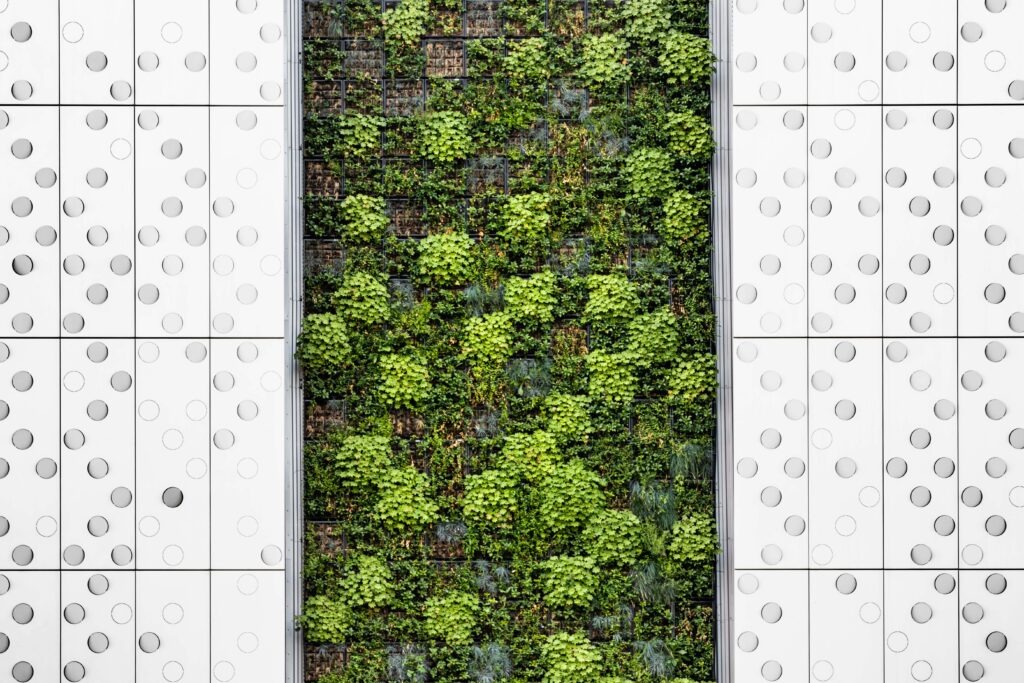
Raising a kitchen garden in a small portion of your house is not only useful but an interesting job to do. A kitchen garden is a source of chemical-free and low-cost vegetables and fruits. In this blog, we will discuss the best kitchen garden layout plans.
A kitchen garden can be raised at any place whether you have a big backyard or a small balcony. With smart layout planning and consistency, you will be able to raise a productive kitchen garden even with limited resources. Let’s make a creative plan for your kitchen garden. Before setting your layout you need to read our article of the introduction of Kitchen garden.Click the link https://greenthic.com/sustainable-practices-for-kitchen-garden/ to read.
Space selection For Kitchen Garden
The very first step to raising a kitchen garden is to select a suitable site. Choose a site where plants can be grown easily. To get more information click the linkhttps://gardeningsolutions.ifas.ufl.edu/plants/edibles/vegetables/site-selection/.
1. Open plot gardening
If you have an open area in your backyard or elsewhere, then it will be an ideal space to create a kitchen garden. Plants with broad and deep root systems grow well in an open space. Make sure that the selected area receives proper sunlight and aeration.
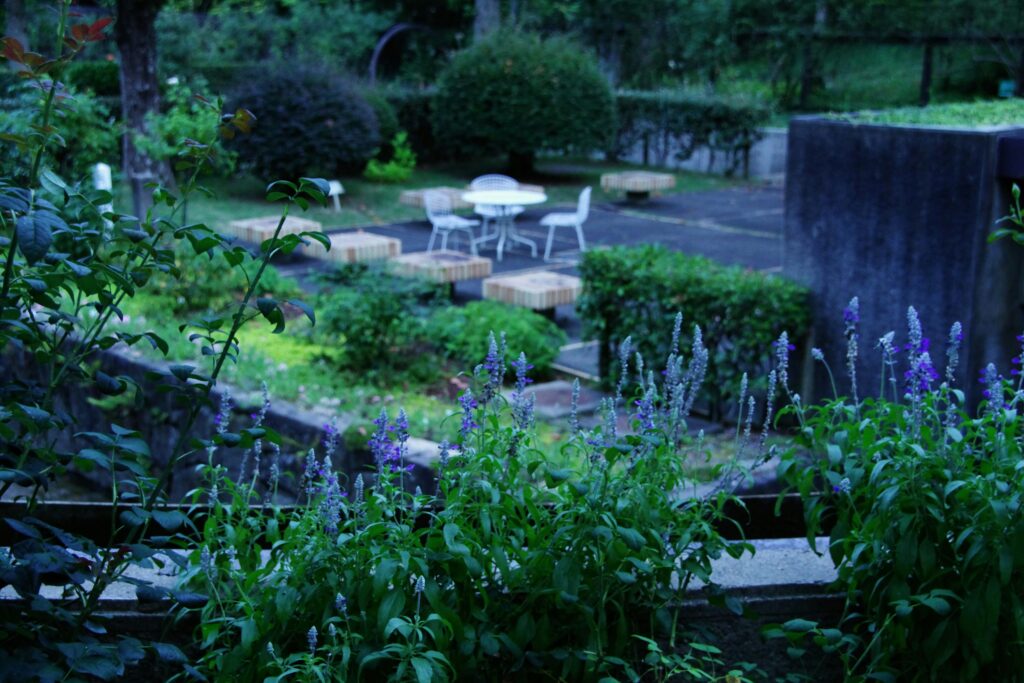
In an open plot, there are many options and choices to design a kitchen garden. You can make raised beds for plants. A small tunnel could be set for a specific plantation. Moreover, open plots support efficient irrigation as well as natural drainage systems.
2. Pot gardening
Don’t worry if you don’t have a large area in your home. You can also raise a garden in pots, poly bags, and recycling bags. Clean the small spaces on your rooftops, along the walls, and in front of your door. Make sure these spaces receive five to six hours of sunlight and proper aeration.

For efficient drainage make tiny holes in the bottom of bags and pots. Growing herbs and vegetables in hanging pots is a very efficient strategy to use limited space. This method is neat, effective, and manageable.
Soil preparation For Kitchen Garden
After selecting the site, the next step is to prepare the soil. Here we will discuss the soil preparation for the plot and pots. To know more about soil tpe read article by clicking this link https://gardeningsolutions.ifas.ufl.edu/plants/edibles/vegetables/site-selection/.
1. Open plot soil
First of all, remove all the debris from the site. Secondly, till and pulverize the soil to remove compaction, as loose soil is ideal for proper germination of the seed. Prepare seed beds according to your choice. Add compost to your soil in order to increase the fertility.
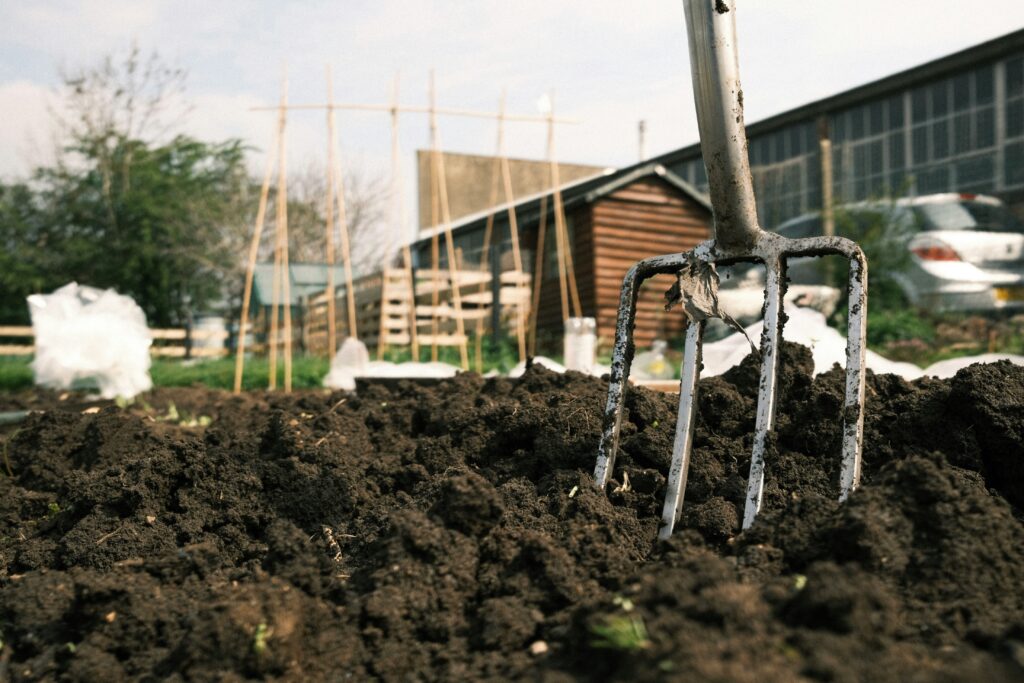
Put different manures to increase the level of organic matter in your soil. Organic matter helps to increase soil’s fertility and the water-holding capacity. To raise a healthy and natural kitchen garden don’t add any chemicals in soil.
2. Soil Mix for containers
When you are raising a kitchen garden using different containers, it’s very important to maintain the balance of soil. Note the size of your container. Mix the garden soil, compost, and sand accordingly and shake them well.
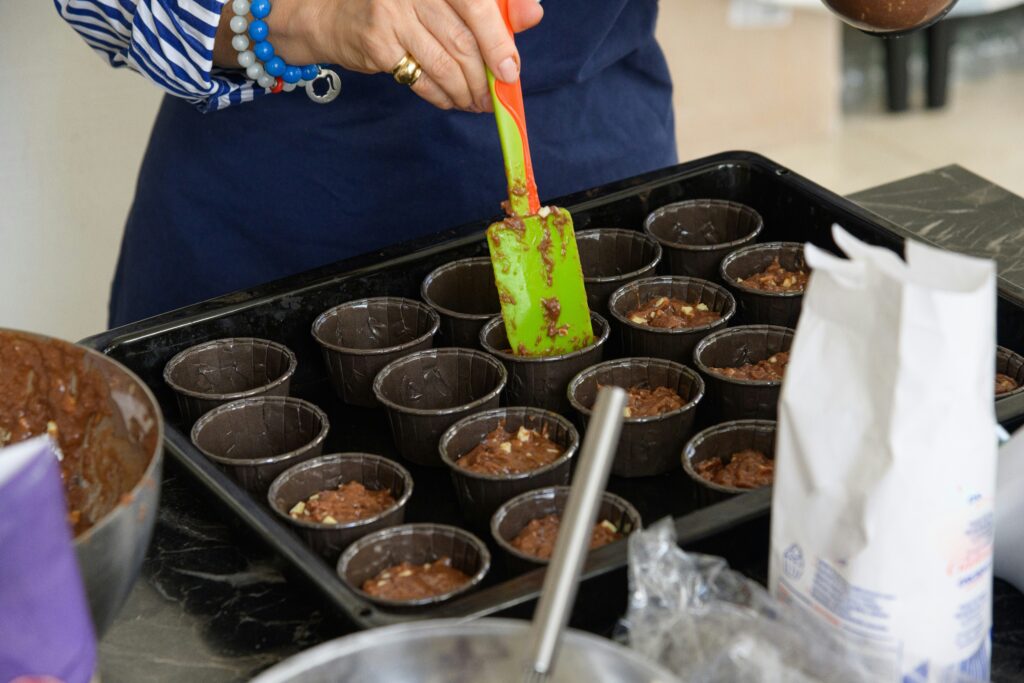
Add the combined soil in containers like pots, or poly bags. Avoid using heavy and clayey soil as it causes water logging issues. Light soil drains well and maintains the level of moisture in a better way. Make sure to refresh the soil of containers regularly.
Plant selection
The next step is to decide what to grow in your kitchen garden. Better planning helps you to choose seasonal herbs and vegetables.
1. Selection of Vegetables
Selection of vegetables depends on the climate, soil texture, and available space. Make a chart of all seasonal vegetables and sort out the ones that are easy to grow. Focus on fast-growing and eco-friendly vegetables.
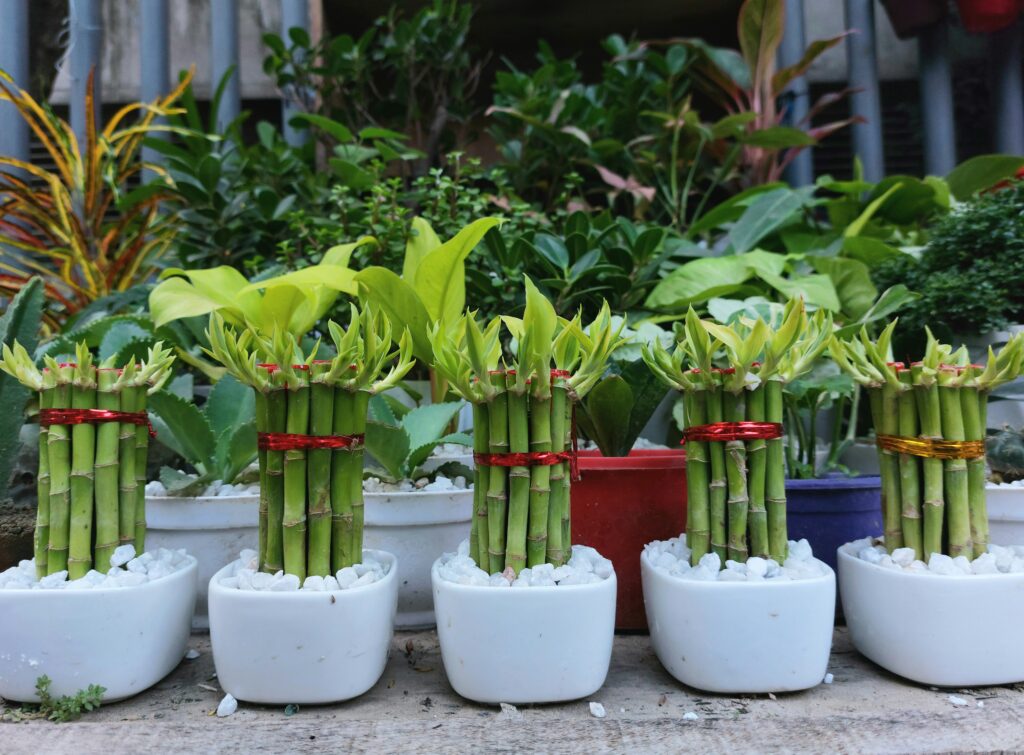
Avoid growing deep-rooted vegetables in pots or bags, as they require more space to spread. Shallow-rooted vegetables are best grown in pots. Spinach radish carrot cucumber and pumpkin are some of the easy-growing vegetables.
2. Selection of herbs
Herb plantation is a very useful technique to grow a healthy and greenish kitchen garden. Fast growing of herbs encourages the grower to expand the garden with more vegetables and herbs. In this regard, the selection of herbs is a very important stage.

Grow those herbs in your garden which are often used in the kitchen. Coriander, mint, onion, garlic, chilies, and tomato are some of the useful and easy-to-grow herbs. These herbs are chemical-free herbs and enhance the flavors of your meals.
Sowing and planting of Vegetables
The next step is to plant the selected vegetables and herbs in the kitchen garden. Buy the seeds or vegetative parts from the market.
1. Seed sowing
Sowing the seeds in your well-prepared soil is a delicate stage. In case of an open place, make a line or seed bed. Place your seed gently on the soil and cover it with a thin layer of soil. Sprinkle some water with the help of a shower. Make sure to maintain the moisture level of the soil.
It is not difficult sow seeds in pots or other containers.You have to follow the same steps but it’s important to consider the available space and manage it accordingly. Chilies, spinach, pumpkin, and coriander are easy-to-grow vegetables. Their seeds are available in the market or even at your home.
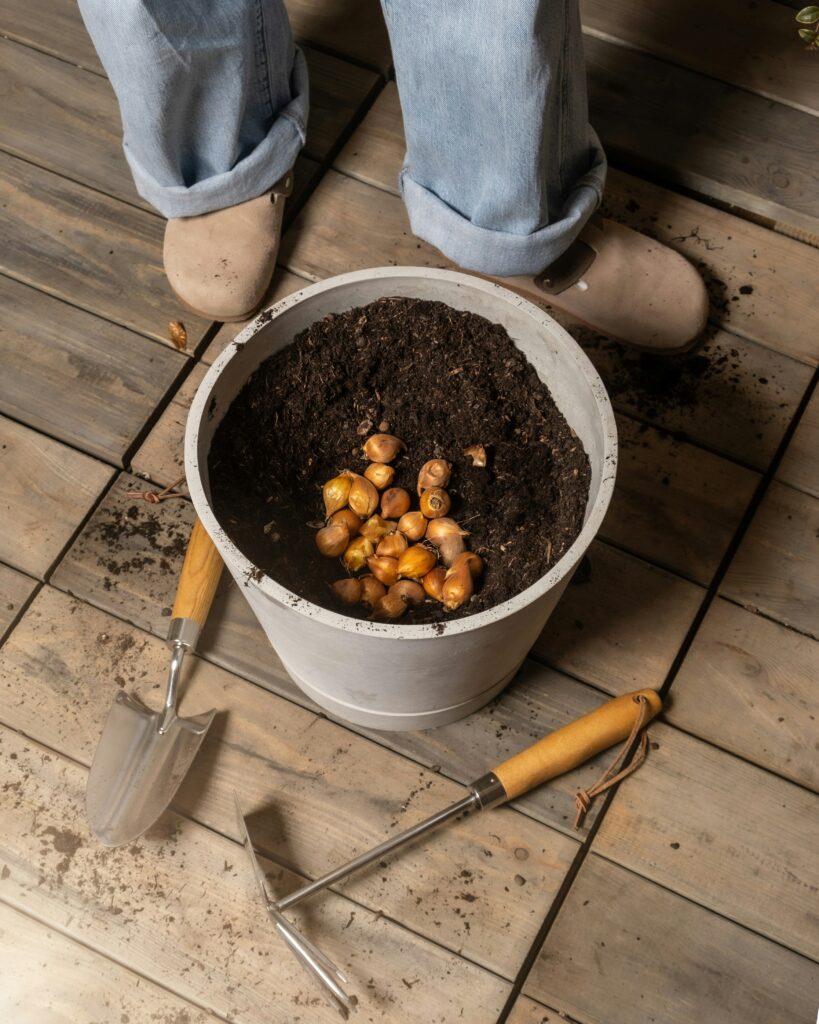
2. Vegetative propagation
Some herbs and vegetables cannot be grown directly from the seeds. Vegetative propagation is another way to grow these vegetables successfully in your kitchen garden. Plants can be grown with their vegetative parts such as leaves, buds, stems, and roots.
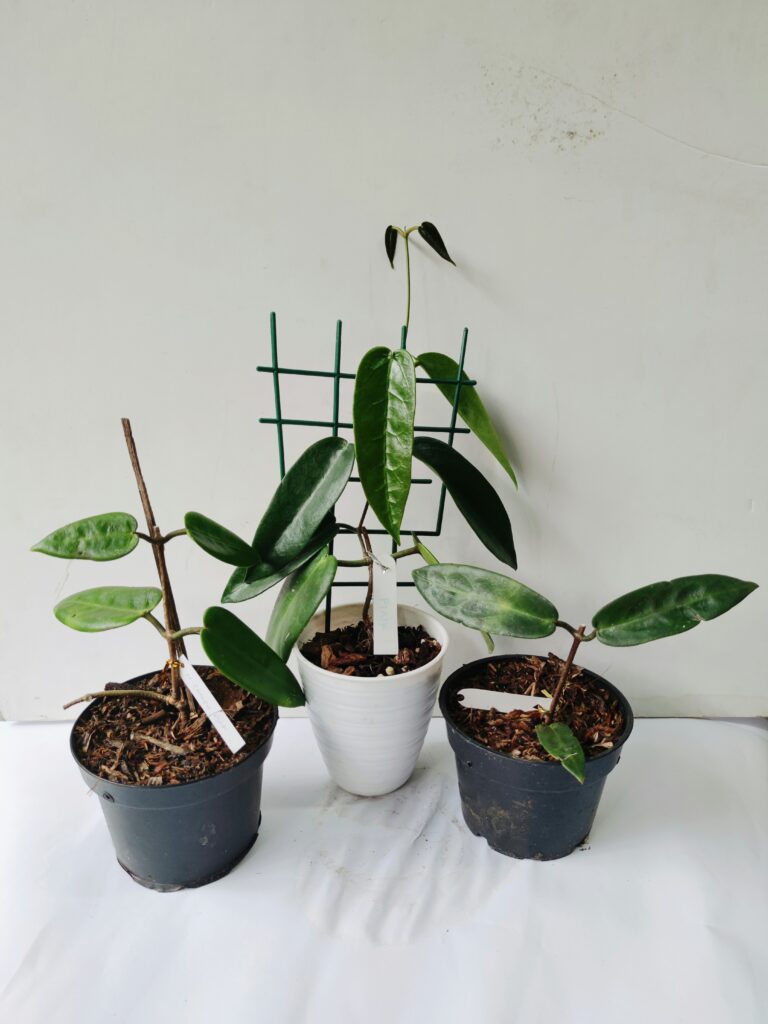
Cut the healthy vegetative part from the mother plant and clean it carefully. Place the cutting in the soil gently, and cover the buds with a layer of soil. Insert the stem roots and leaves 2 – 3 inches below the soil surface. Water the plants keeping a balanced moisture level.
Kitchen garden management
After setting all the things, it’s very important to stabilize the garden with patience and consistent hard work.
1. Watering and fertilization
Maintain the moisture and nutrient level of soil after sowing and planting of seeds. Always water the plants at the time of dawn and dust. Avoid watering the plants at peak sunlight, as a result, the cell wall of the plant ruptures consequently causing death of the plants.
Pour chemical-free fertilizer in your soil to minimize the toxic effects. Put organic matter such as compost, vermicompost, and manures in soil. Try to make organic fertilizer at home. We will discuss the methods in the next blog.
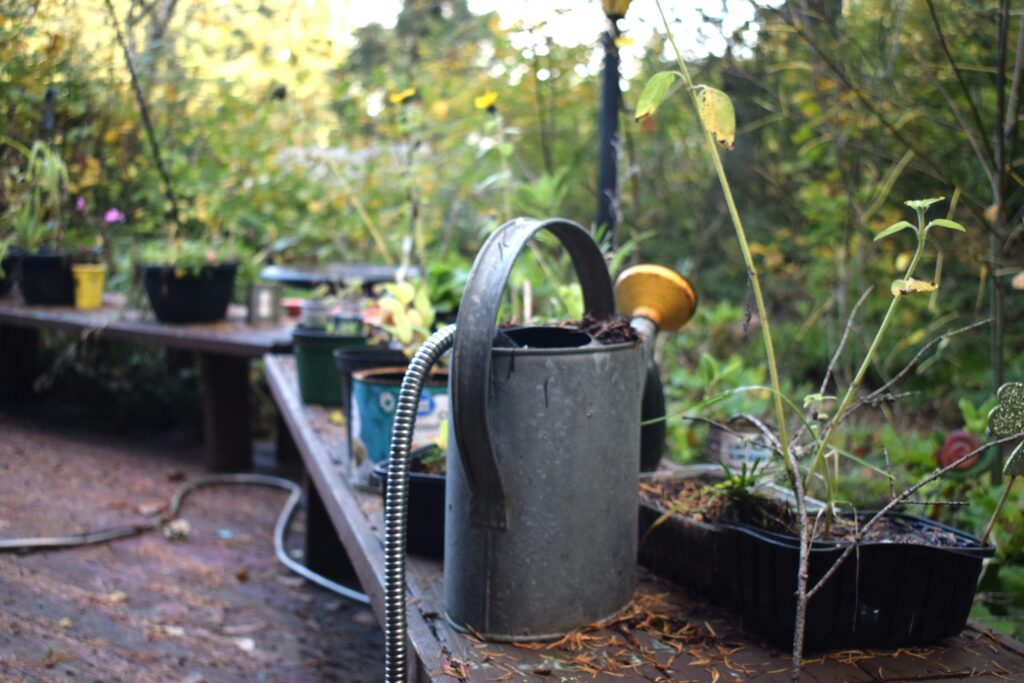
2. Plant protection
Weeds and pest attacks are the major hazards in the production of the plant. The kitchen garden is a small-scale garden where weeds can be controlled easily. Uproot the undesired vegetation just after its sprouting.
For pest control use organic sprays to kill the dangerous insect without damaging the environment. In addition, remove the crawling insect from the leaves manually by handpicking. It’s a safe and effective method for small gardens.


Leave a Reply to asma6182 Cancel reply